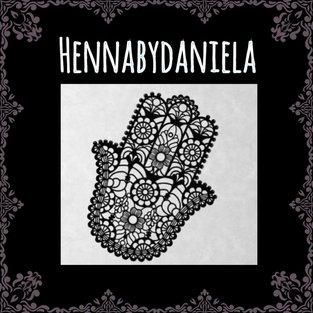What is HENNA?
Henna is a flowering plant with the botanical name Lawsonia Inermis that produces a brown dye from its crushed leaves. The leaves are ground and turned into a powder that is then mixed with water , lemon juice and essential oils to make a paste which is applied to the skin in intricate patterns. The resulting brown stain design is known as Mehndi.
The beautifying properties of Henna has been known and used over 9,000 years. Different tribes and groups around the world have adorned this beautiful and natural product in various ways. In Buddhism Henna is believed to bring about success and is used during religious rituals and wedding ceremonies.
The use of Henna still thrives these days and is used all over the world for various reasons and for its healing properties.
Henna by Daniela is 100% organic and considered safe to use on everyone.
Henna is a flowering plant with the botanical name Lawsonia Inermis that produces a brown dye from its crushed leaves. The leaves are ground and turned into a powder that is then mixed with water , lemon juice and essential oils to make a paste which is applied to the skin in intricate patterns. The resulting brown stain design is known as Mehndi.
The beautifying properties of Henna has been known and used over 9,000 years. Different tribes and groups around the world have adorned this beautiful and natural product in various ways. In Buddhism Henna is believed to bring about success and is used during religious rituals and wedding ceremonies.
The use of Henna still thrives these days and is used all over the world for various reasons and for its healing properties.
Henna by Daniela is 100% organic and considered safe to use on everyone.
